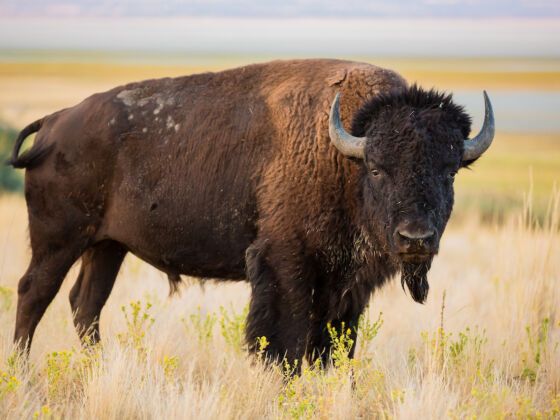This is The Climate Win, the most positive sustainability news around the world every week.
In the 1800s, upward of 50 million bison roamed the plains, prairies, and high country of the United States. These bison had sustained Indigenous populations for thousands of years and played a vital role in maintaining a healthy ecosystem across the central and western parts of the country. We’re not going to dive into a full history lesson here, but for reasons including sport and to weaken Native populations, bison were slaughtered in mass numbers in the ensuing years. By 1884, only 325 bison were left across the country.

